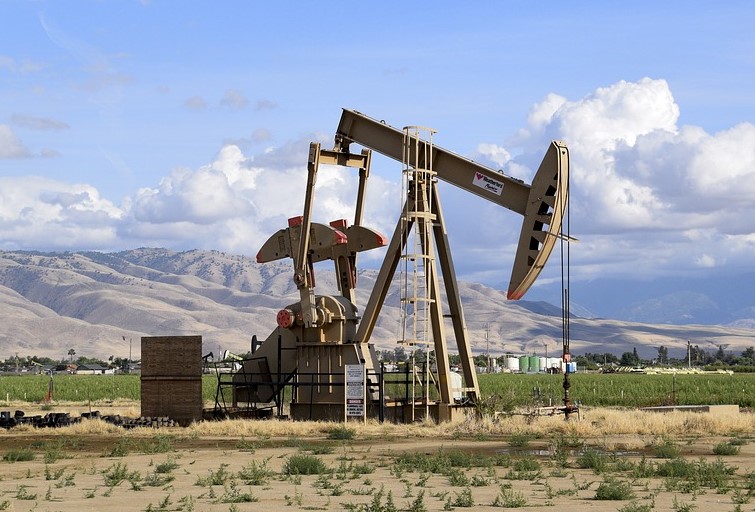State public utility commissions (PUCs) could make major progress toward achieving energy efficiency if they utilized the tools available to them, according to a study released August 14 by Columbia Law School’s Center for Climate Change Law.
The report, “Public Utilities Commissions & Energy Efficiency: A Handbook of Legal & Regulatory Tools for Commissioners and Advocates,” examines the range of legal and regulatory tools that state PUCs have to promote energy efficiency. It draws from a broad and deep body of literature on the topic, an examination of relevant state laws and regulations, and interviews with experts in the private and public sectors.
The handbook sets forth a wide range of policies that PUCs around the country are using to successfully promote energy efficiency, including setting energy efficiency targets, aligning utility incentives with energy efficiency goals, financing energy efficiency, resource planning, demand response policies, and incorporating energy efficiency into state environmental policy act and siting procedures. By highlighting the breadth of strategies that PUCs have at their disposal, the handbook may prove useful to PUC commissioners and staff, and to energy efficiency advocates, no matter what political or practical constraints they might be facing in their states. The guide is intended primarily as a resource for regulators and advocates in states that are not yet advanced in their energy efficiency policy, but states with more sophisticated policies may find additional tools as well as potential refinements or alternative design options.
As the handbook explains, energy efficiency is one of the most economical and effective tools available to improve environmental quality while at the same time helping to ensure the provision of reliable electricity service. Not only does energy efficiency offer the cheapest way to help meet future demand for electricity, but it also improves the reliability of the electric grid, thereby avoiding brownouts and blackouts; improves public health and environmental quality; and offers many negative cost solutions to addressing the problem of climate change.
However, progress on energy efficiency lags behind potential due to the many practical and regulatory hurdles it faces. Encouragingly, state policy efforts have been dramatically ramping up in the past several years. A confluence of many factors is driving this renewed attention to energy efficiency: fuel price volatility, new air pollution regulations on traditional power plants, concerns about electric grid reliability, a continued quest for energy security, increasing efforts to craft state-level solutions to the problem of climate change in the continued absence of comprehensive federal legislation, and the development of new technologies that allow greater efficiency. A number of states have set impressively ambitious new energy efficiency savings targets, generally overseen by state PUCs. But progress on energy efficiency remains uneven, and in most states, considerably more could be done. By cataloguing potential tools and their benefits, this handbook hopes to help overcome what was recently identified by the American Council for an Energy Efficient Economy as one of the most common barriers to more comprehensive state energy efficiency policies: “a lack of awareness of energy efficiency and its numerous benefits in the public and private sectors.”
The report was written under the supervision of Shelley Welton, Columbia University Earth Institute climate law fellow and deputy director of Columbia Law School’s Center for Climate Change Law under the overall direction of Professor Michael B. Gerrard, the Andrew Sabin Professor of Professional Practice and the center’s director. Numerous students actively participated in its preparation. The report was written in cooperation with Columbia Law School’s Environmental Law Clinic.


